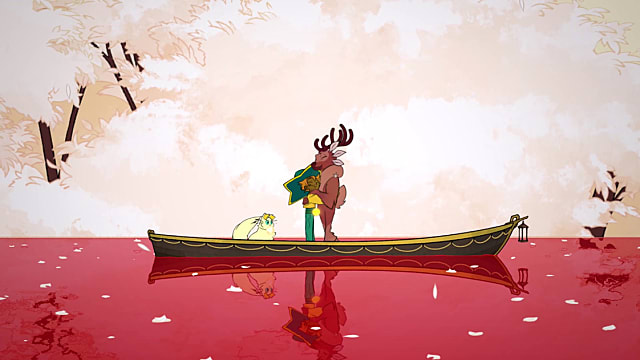

Thunder Lotus set itself one heck of a task with Spiritfarer. Create a game about dying that was also cozy. Make players fall in love with the game's characters, but don't break their hearts too much. Add in plenty of management tasks, without throwing off the balance or making it feel too game-y.
It was a lot, and the development team did it, plus a lot more besides.
Spiritfarer is a finely crafted piece of artistic commentary on death, grief, and what it means to let go, and it's far and away one of the best games to come out of 2020.
Spiritfarer Review: Never to Be Forgotten
Spiritfarer’s opening lays out what to expect from the rest of the game in more ways than one. Stella, the game's protagonist, arrives at the Everdoor with adorable cat companion Daffodil to take over as Spiritfarer from Charon. Stella’s overarching plot is hinted at the dialogue, especially a bit later when you meet your first two passengers, but I won’t spoil it here.
Leaving that crucial piece of background information unspoken is one of the smartest plot devices I’ve come across. It means nearly everything you do during Stella’s journey is essentially enacting Spiritfarer’s major theme, which means that big oomph at the end hits suitably hard.
But you’ve got a while before getting to that point. Spiritfarer is a surprisingly lengthy game that should take you in the ballpark of 30 hours or so to complete. That might be surprising if you’re just getting on board after one of the game's earlier demos.
Those, especially the first one, made it seem like meeting and guiding spirits on their paths to the afterlife would be a fairly short experience.
Spiritfarer settles into a broad gameplay loop shortly after cleaning up the boat and taking on your first passenger. Each passenger has a set of tasks you’ll complete, and these tie in with exploring Spiritfarer’s vast ocean full of unique islands and equally unique stories.
While every task is different, they all relate to the same two things that combine into an eternal loop: expanding your boat’s capacity and gathering resources. The more resources you gather, the more help you can offer your passengers. The more help you offer your passengers, the more places open up for exploration and the learning of new skills.
These two main task categories drive every aspect of Spiritfarer, but they also never grow stale since there’s so much you can choose to do between major tasks.
This curious world between life and death is a vast one, and you’re never punished for straying too far from the beaten path. You’re also never quite able to stray very far from that path, with progression tied as it is to new unlockables earned through completing different spirits’ stories.
But there’s enough freedom of choice where it doesn't seem like Spiritfarer is pushing you on unrelentingly.
A new section of the map opens up every time you discover a new island, so you could just put everything else on hold and go exploring, which is a treat in Spiritfarer, thanks to the game’s beautiful art direction. Everything from rice swaying in the breeze to shooting stars arcing across the sky during an eclipse is just gorgeous.
The islands are designed practically, too. They’re not big enough to feel overwhelming, but even the small ones have at least a few vital resources to make re-visiting worthwhile. Checking an island out on the map gives you a handy overview of what you can gather there, so it’s easy to plan your repeat visits to get what you need.
Of course, you’ll want to re-visit most of them anyway, regardless of resource potential. A good many islands have areas and rewards you can’t reach until your Everlight absorbs new abilities.
That’s where one of my only real complaints about Spiritfarer lies. Boat travel takes a long time. You won’t notice it much when you’re moving forward, since you’re rarely far away from something new to discover. But it’s more obvious when you have to backtrack to the shipyard for improvements or to another island for resources.
Depending on where you are and what’s going on, you may have enough secondary tasks to fill the time, but if not, you’ll probably end up fishing for a while until the boat arrives. The option to sleep and pass time only pops up in the middle of the night, when the boat can’t travel, so there’s no taking a quick nap a la' Harvest Moon.
On the off chance you do get stuck, you won’t stay that way for long. Passengers remind you what they need if you haven’t provided it yet, while others offer handy hints leading you to the next major location or spirit in need.
The wild energy of catching lightning bolts is a particular highlight
In between gathering, mapping, and the like, there’s a lot you’ll be doing. Your boat gradually becomes a floating farm, a culinary wonder center, a garden, a mine, and a processing center all in one, with even more you'll be adding along with those.
Each of those titles is accompanied by its own buildings and tasks. Some tasks quickly become routine, like watering plants and cooking meals for your passengers. Others you’ll complete to get new resources used for new buildings, the placement and management of which is an engrossing sub-system of its own.
Many of these tasks often come up as mini-games of sorts, like guiding a saw blade down the logs you collect or timed button presses controlling the ship’s loom. None of these are exacting, which is good since they aren’t supposed to be. It’s a fast, simple, and fun way to get what you need.
My absolute favorite is a technically nonessential, almost zen-like one: playing songs passengers teach you to help boost your plants’ growth cycle while the plants themselves sway in time to the music. It’s just one of many simple, lovely touches scattered throughout Spiritfarer.
While most of these tasks relate somehow to at least one specific spirit’s needs or requests, you’ll also use the fruits of your labor to upgrade your ship, either to unlock new buildings, make it bigger, or equip it to handle certain hazards blocking your path.
Then there’s the passengers themselves, of course, though I’ll try not to spoil too many particulars here. You’ll eventually encounter a good many passengers, some who know Stella already, some who need help overcoming past traumas, and some who just take a shine to her bright and plucky nature.
They’re all instantly likeable. Dialogue with each spirit is limited to specific sub-events or major tasks related to their arc, which is a huge step up from the first demo where spirits spoke randomly and shattered the emotional flow of big moments.
It might seem like there’s not enough time to really know each passenger, though Spiritfarer delivers a healthy chunk of their stories and personalities through subtext and other means. Sound bytes and animations — even eating animations, but especially the ones for hugs — offer just as much insight into their personalities as their stories do.
You won’t get deep dives into every passenger’s backstory, but what you do learn is enough to guess at what might have happened. In fact, I appreciate the loose structure of each narrative arc for that. Vague hints at family troubles, past indiscretions, or just regrets of missing those left behind provide a great deal more emotional impact than full-on exposition dumps could.
More importantly, it lets you bond with each passenger by seeing some of yourself, a friend, or a loved one in them. It’s something I admit I was skeptical about, and I came away impressed and moved.
That bond is special for gameplay reasons, as well. Spiritfarer is probably the least gamified sim and management game I’ve ever played. Yes, you’re ultimately doing these tasks to get new things and move forward. Above all that, you’re doing these things because you want your passengers to be happy, and your relationships with them are what elevates Spiritfarer from just running errands for your passengers.

The game's animations play a big role in making them endearing because Spiritfarer is unsurpassed when it comes to depicting pure joy and affection. Just hug Gwen or Atul, and you’ll see what I mean.
Aside from all that, they’re genuinely funny as well. The writing handles humor just as well as it does emotion, and despite the rather heavy nature of the themes, the overall tone is largely a happy one.
Spiritfarer is maybe better described as rose-hued melancholy or perhaps joy diffused with sadness, depending on how you look at it. From the very beginning, you know your journey with each passenger — all the chats, hugs, and understanding — is meant to culminate in saying goodbye one last time.
You might forget about it in the midst of doing your rounds and gathering resources, but it’s always in the background.
Eventually, the familiar presence is gone. There’s a slight jolt as you remember that part of your routine isn’t needed anymore. All that’s left are the material reminders of your time together — the buildings, the homes, the decorations — and what each spirit taught you, things that bubble up every time you use a skill or building associated with them.
It’s sad. Depending on your emotional state, especially if you’ve recently endured a loss, you’ll probably cry. I sure as hell did, even at the parts that aren’t overtly sad, and I may or may not be tearing up after writing the previous paragraph.
But that’s also the point. Creative Director Nicholas Guérin told me earlier in the year Spiritfarer is supposed to bring us closer to accepting death and departure, cosseting it in happy, soft moments to cushion the blow. It hits that target so, so well, but it’s also a bit tough to deal with at times.
That’s by no means a complaint. Thunder Lotus deals with death, loss, grief, and everything else along with it in a delicate, smart, and sensitive way. The end result is Spiritfarer as experience. As much as, or more so than, Spiritfarer as game.
Spiritfarer Review — The Bottom Line
Pros
- Moving, thoughtful story
- Smart writing easily swapping between funny and emotional
- Intelligent handling of heavy themes
- Resplendent art and sound design
- Thoroughly engaging gameplay loops
Cons
- Traveling back and forth takes a bit too long
- Minor typos sprinkled throughout the text
Spiritfarer might be emotionally challenging, but that's also what makes it worthwhile. As just a game, it works fine enough on its own. But everything else it's wrapped up in transforms Spiritfarer into something special.
Any conversation about games as art, or how individual games can push the medium forward, absolutely must include Spiritfarer from now on.
[Note: Thunder Lotus provided the copy of Spiritfarer used for this review.]
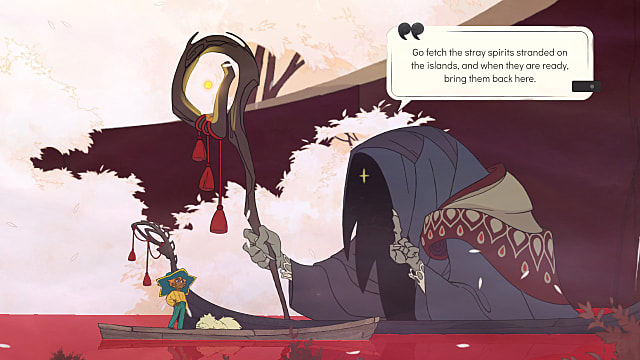
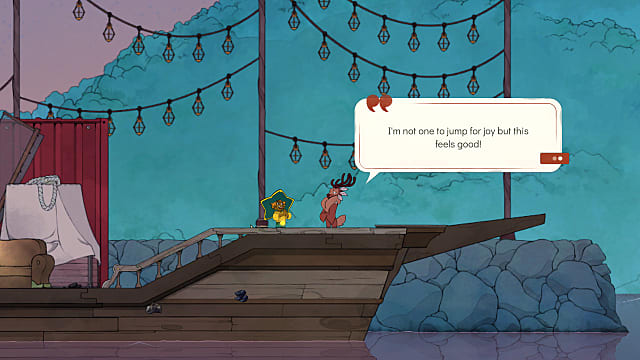
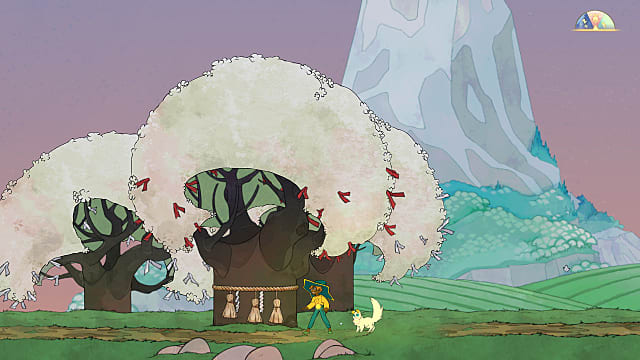
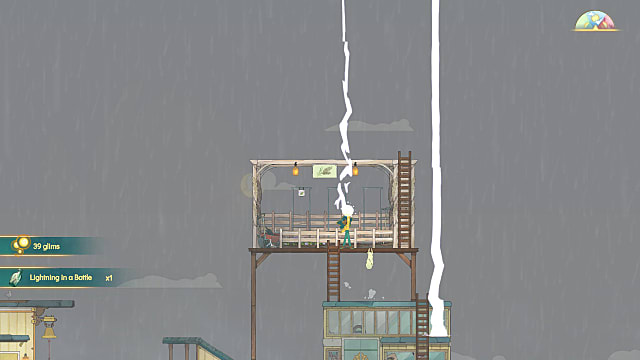
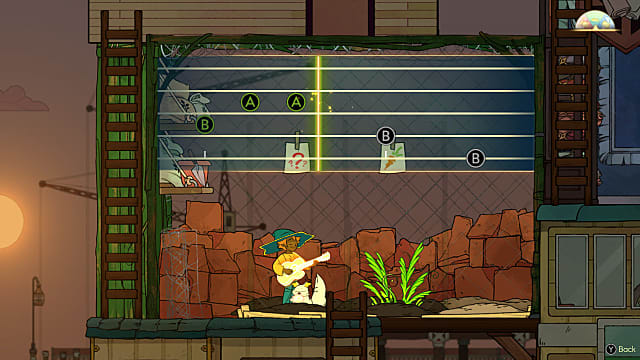

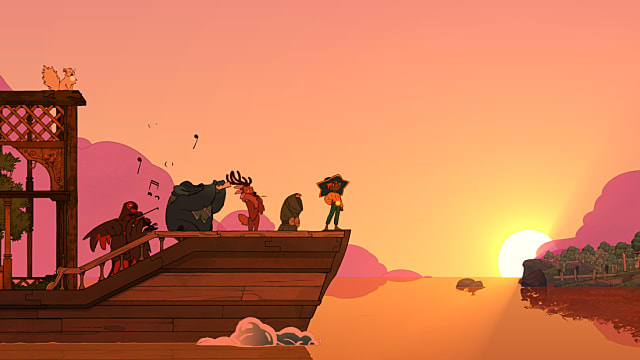
0 comments:
Post a Comment